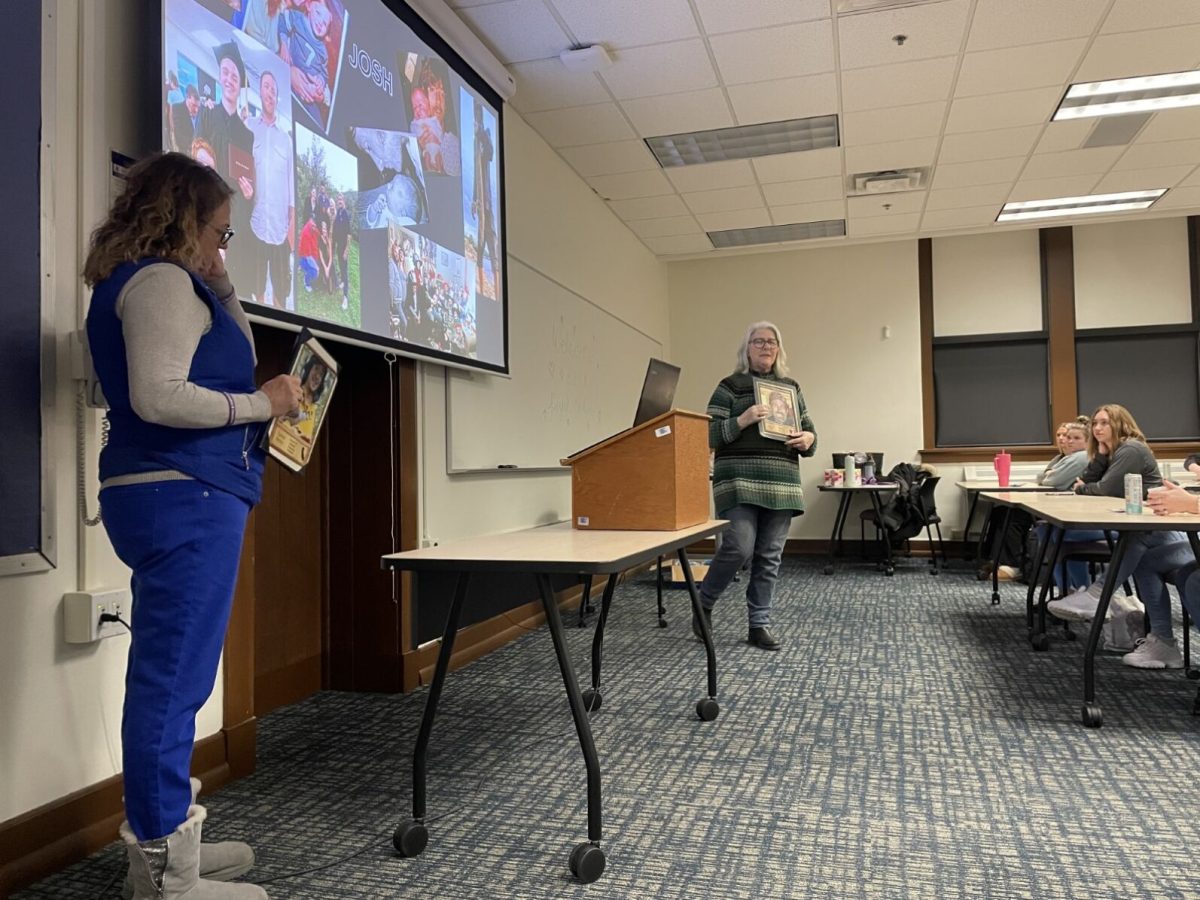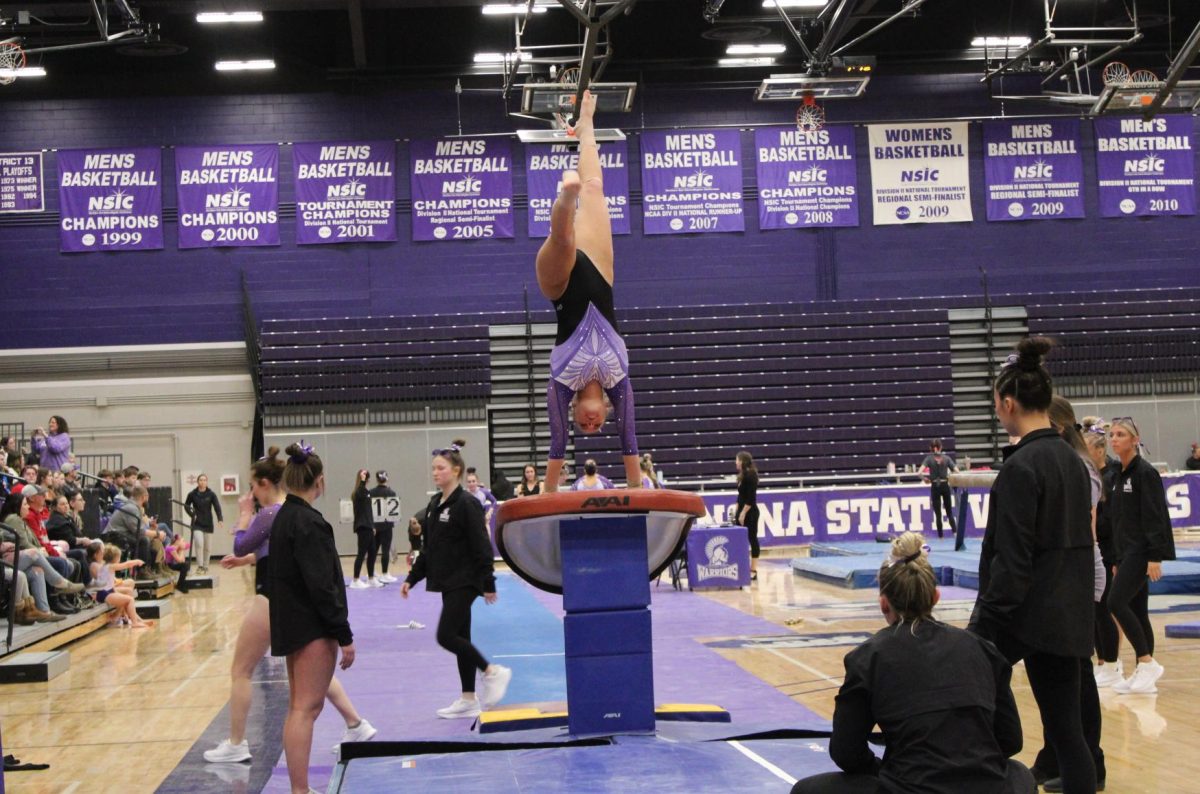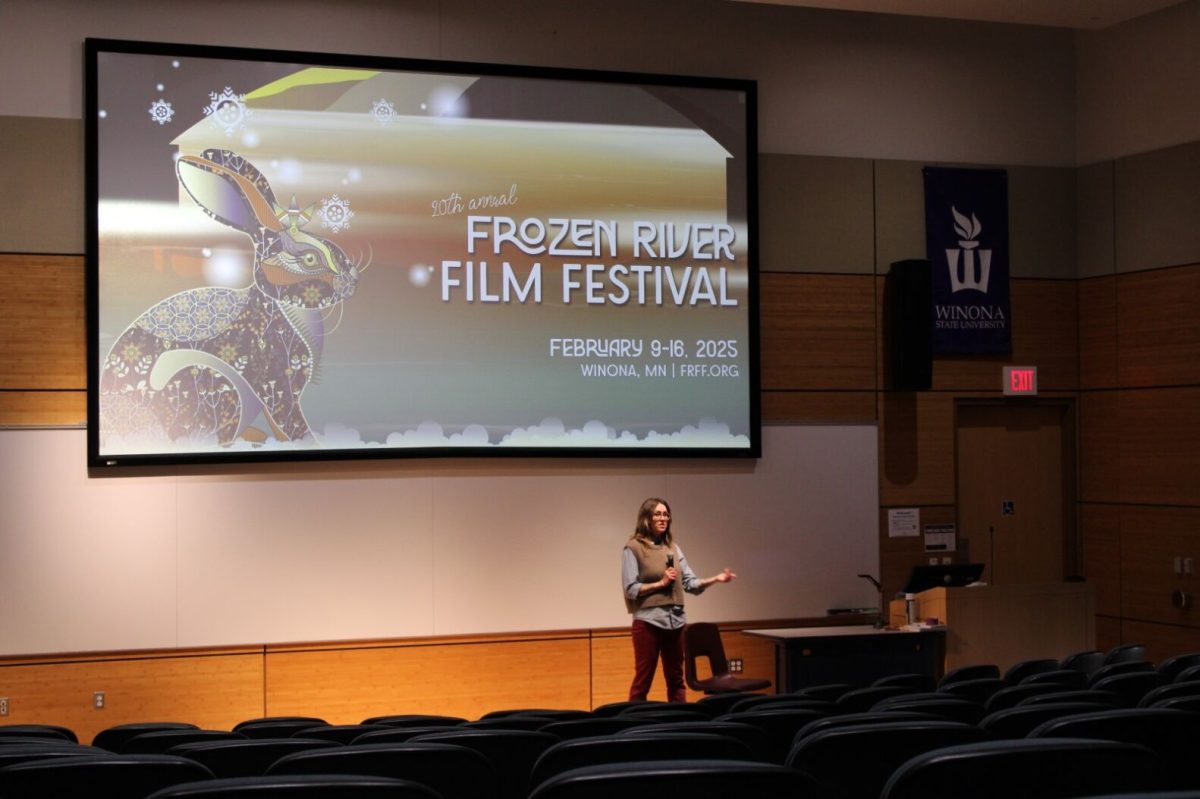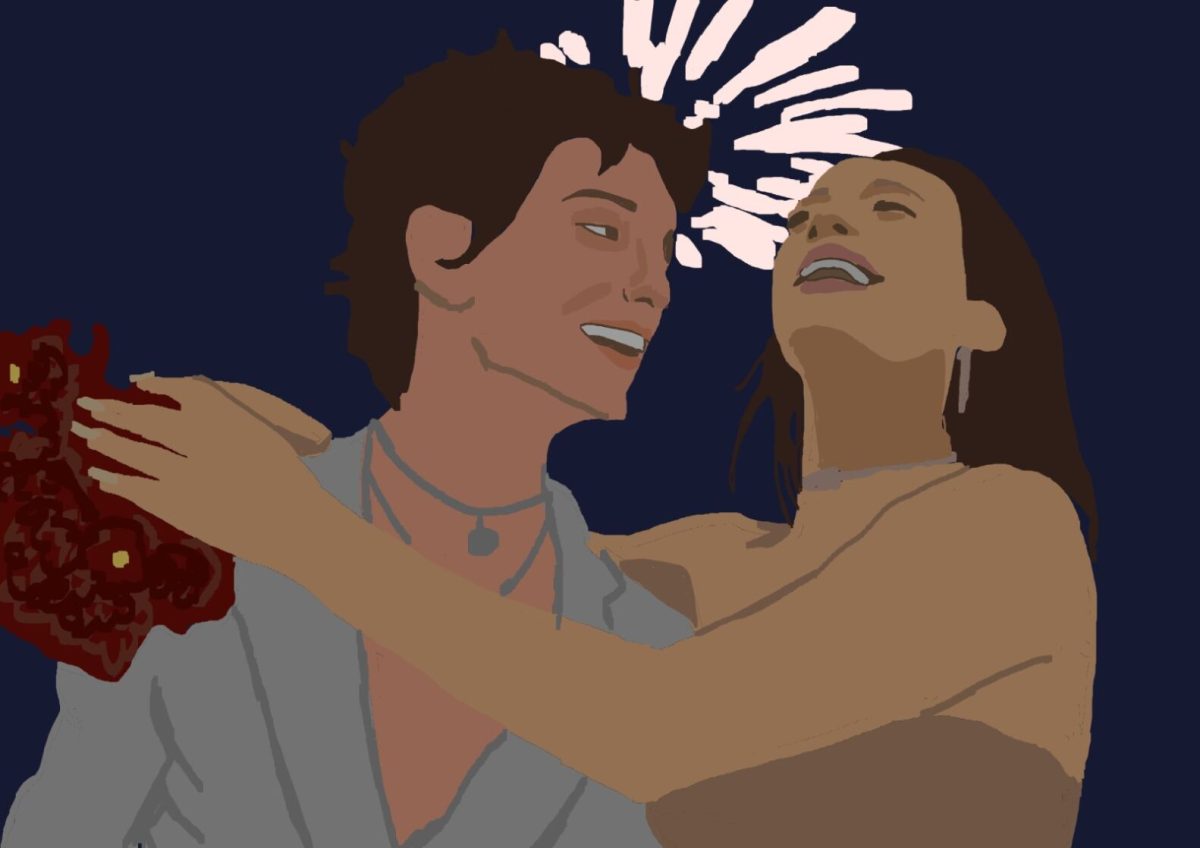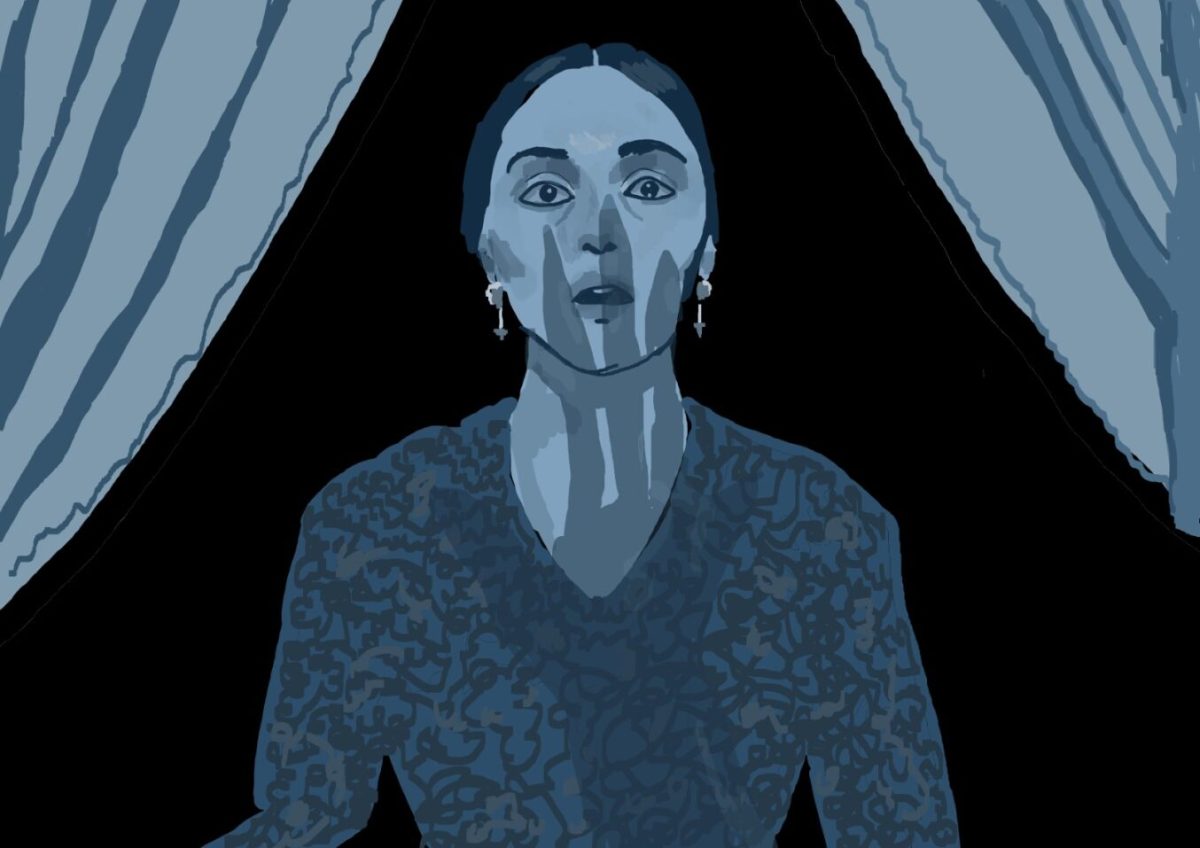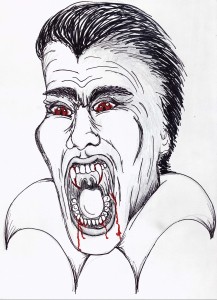
Abby Derkson/Winonan
In its premiere, NBC’s “Dracula” proved to be a show you can sink your teeth into.
Its premiere episode included all of the great elements of popular vampire film and fiction today: romance, mystery and blood.
There were no sparkling vampires like Stephanie Meyer’s “Twilight,” nor a coexistence of vampires and humans like HBO’s “True Blood.”
Instead, “Dracula” took a more traditional route and reinvented the Bram Stoker classic of the elusive monster of the night, Count Dracula.
In Stoker’s 1897 gothic novel, Count Dracula moved to England but met adversaries who sought to bring him down. NBC’s “Dracula” took what many fans already knew about the classic vampire and added its own touch.
In the premiere episode, Count Dracula (Jonathan Rhys Meyers of “The Tudors”) pretends to be American businessman Alexander Grayson, who looked to bring modern science to Victorian England.
Beneath Dracula/Grayson’s disguise, like in much of Stoker’s novel, evil lurks constantly in the background.
There are howling wolves to signify Dracula’s activity, a veil of night covering much of the episode and a fear of the unknown and the potentially dangerous.
Grayson’s motivation is similar to that in Stoker’s novel: to destroy the men who brought his undoing.
In the modern drama, Grayson spars with business rivals the British Imperial Company, which is secretly a cover for the Order of the Dragon, a vampire slaying organization.
“Dracula” has the right mix of suspense and mystery to keep the viewer interested.
Despite a slow beginning, the show picked up speed once we saw the blood sucking, cunning and vicious side of Dracula.
“Dracula” brought to viewers what other filmed adaptations of vampires have yet to embrace completely: dark, gritty drama.
In the hour long premiere, “The Blood is the Life,” there is plenty of gore. Dracula is awakened by blood, and in the episode he partakes in the traditional vampire activity of blood sucking.
Besides the gothic themes, “Dracula” seems an entirely original show.
It maintains some of Stoker’s original characters – Mina Murray, Jonathan Harker, the Count and Van Helsing – but also adds new characters, and even altering the motives and purposes of some of the minor characters from Stoker’s work.
“Dracula” incorporated the beauty and style of the Victorian Era but included modern elements to show its intent to be an adaptation, not a re-telling.
For fans of vampire lore, “Dracula” did not disappoint, but it also offered enough modern twists to keep its audience interested.
With the major plot twist at the end, I was chomping at the bit for the next episode.
NBC’s show may be the beginning of a new era in vampire film and fiction: one that is gritty and sexy, but is classic at its roots.
Contact Abby at ADerkson10@winona.edu

